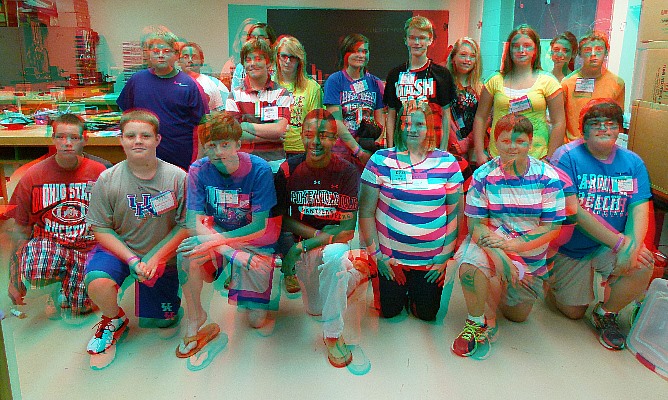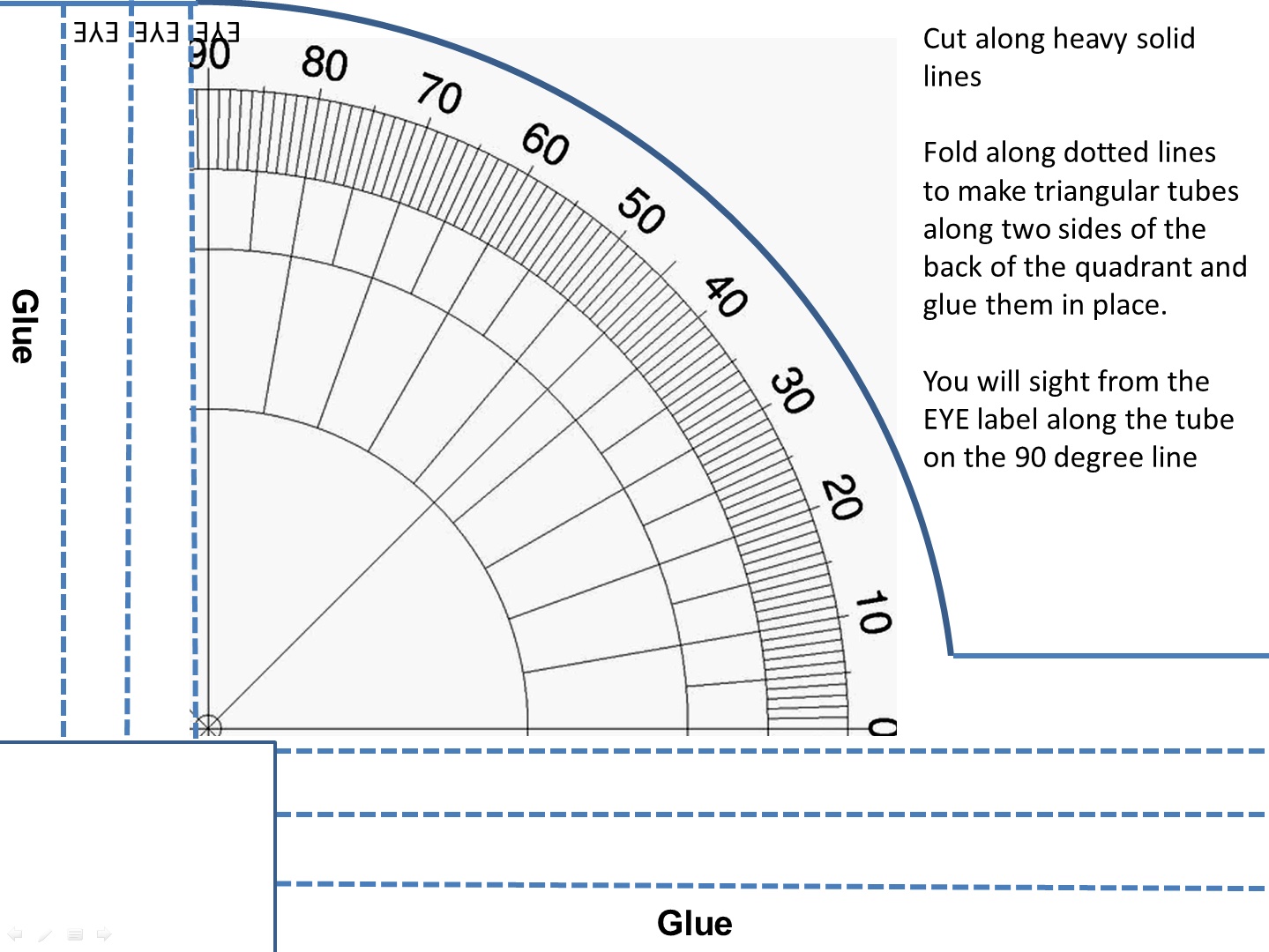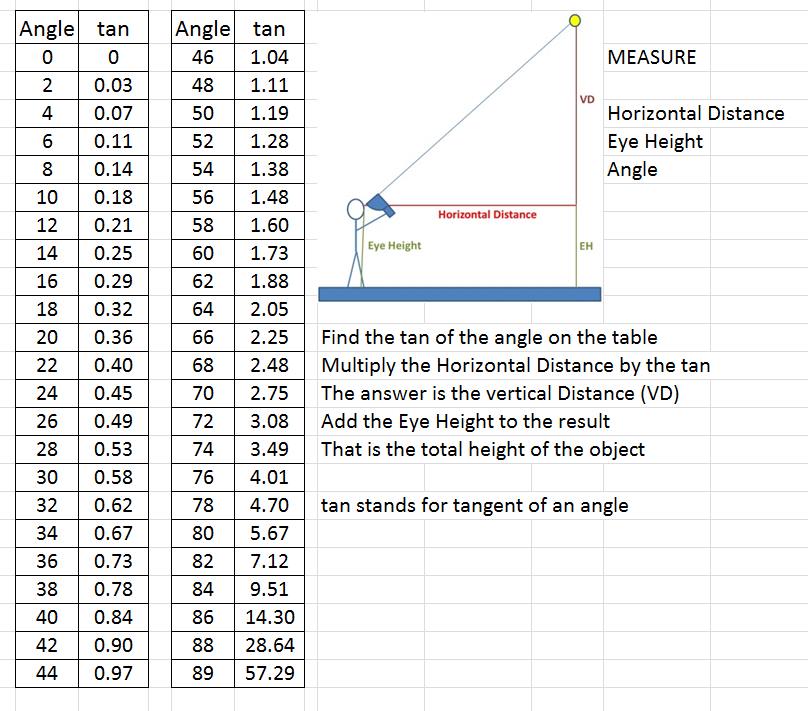As campers sign in Monday morning they met some of the instructors and helpers for the week.
Then they assemble to hear about the week's activities.
The ones who had been at camp previously have their hands up.

Campers were all anxious to begin.
Put on your Red Cyan Anaglyph glasses to see them in 3D.

Not to be overlooked our team of instructors..
And the folks signing in.
If you can't find your anaglyph glasses here they all are in old fashioned 2D.
Camp director Dr. Robert Arts describing the week's activities to the campers.




